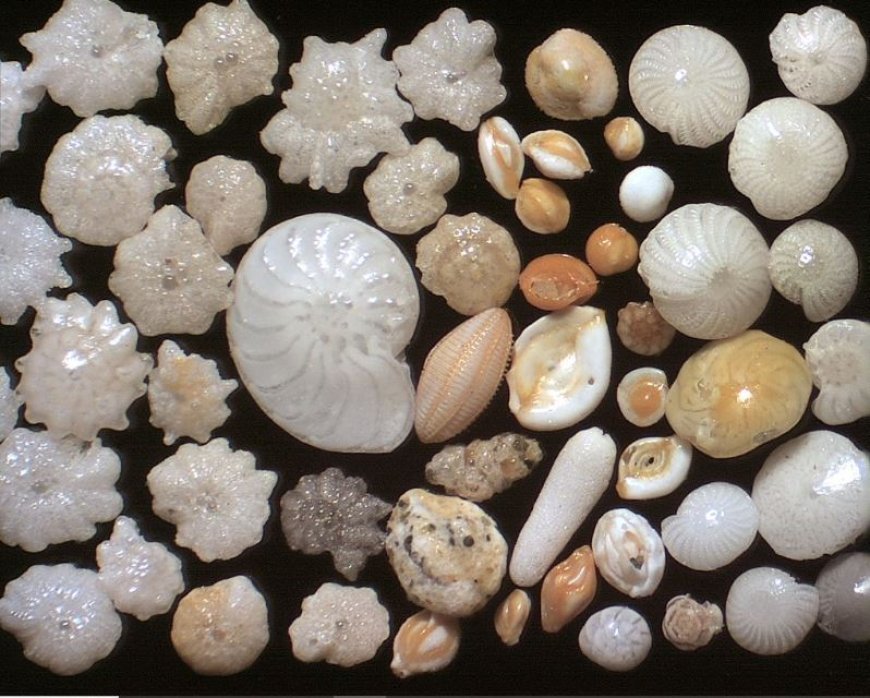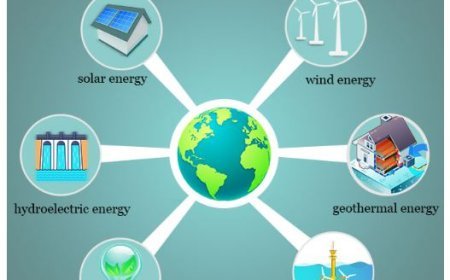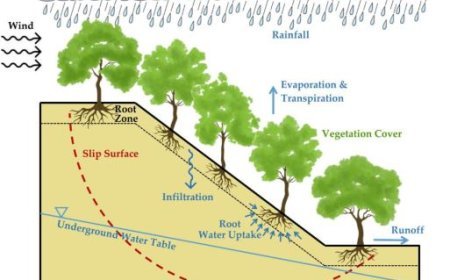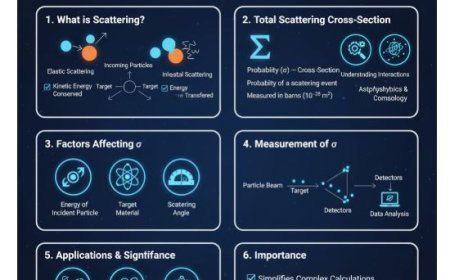MICROFOSSILS
Gain a comprehensive understanding of microfossils, including their morphology, classification, and significance.

Understanding microfossils
- Microfossils, which are small relics of past creatures, are critical to understanding Earth's history and the development of life.
- Despite their small size, fossils provide a plethora of information about previous temperatures, habitats, and biological evolution.
The significance of microfossils
- Microfossils serve numerous important applications in palaeontology and other related fields:
1. Biostratigraphy
- Microfossils are employed as indicator fossils to date rock layers and connect geological strata from various places.
- This is significant because it helps geologists and palaeontologists comprehend the date and chronology of events in Earth's history.
2. Palaeoecology
- Definition: They give evidence of ancient ecosystems and the settings in which species thrived.
- Scientists can recreate historical climates by researching their quantity and kinds, for example, establishing whether a region was originally marine or terrestrial.
3. Evolutionary Studies
- Definition: Microfossils document organisms' evolutionary changes throughout time.
- Significance: They give insights on how species adapted to changing habitats, as well as a complete perspective of biodiversity over geological time periods.
4. Climate Indicators
- Microfossils can serve as proxies for former climatic conditions.
- Significance: For example, certain foraminifera are temperature-sensitive, allowing researchers to extrapolate global temperature patterns during time periods like as the Pleistocene.
Microfossils come in several types
- Microfossils are largely classed by their origin and structure.
Palaeontologists commonly meet the following types:
1. Foraminifera
- Single-celled protozoans with calcium carbonate shells (tests).
- Significance: They are frequently utilised in biostratigraphy and paleoceanography to illustrate oceanic conditions and climate change.
2. Diatoms
Microscopic phytoplankton with silica-based cell walls, which are referred to as frustules.
Significance: Past environmental conditions, particularly water salinity and nutrient levels, are employed extensively in environmental and climatic research.
3. Coccolithophore
- Microscopic algae that form complex calcium carbonate plates known as coccoliths.
- Their abundance is important for understanding ancient ocean conditions, such as carbon cycling and climatic changes.
4. Pollen and Spores
- Plant reproductive structures, as seen via a microscope.
- Significance: They are important for paleoecological research because they give information on the flora and climate of past settings.
5. Radiolarians
- Protozoans with intricate silica shells are primarily found in maritime habitats.
- Significance: It is important to investigate maritime conditions and can aid in the worldwide correlation of marine strata.
6. Ostracods
- Small crustaceans with a bivalve-like shell that may be found in both freshwater and marine habitats.
- Significance: Their various forms reveal paleoenvironmental conditions and aid in biostratigraphy.
7. Mollusc larvae
- Molluscs' early planktonic stages.
- Significance: Useful for studying how marine habitats and species distributions change throughout time.
What's Your Reaction?



































